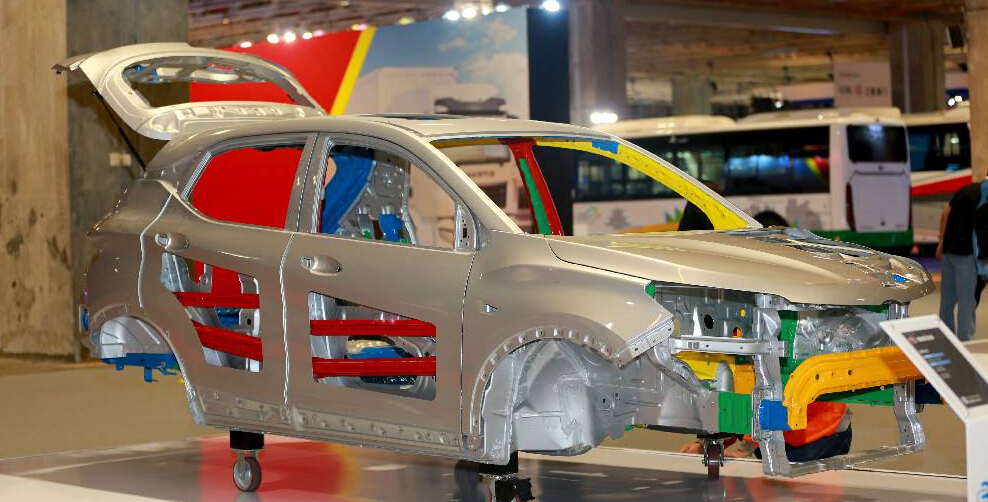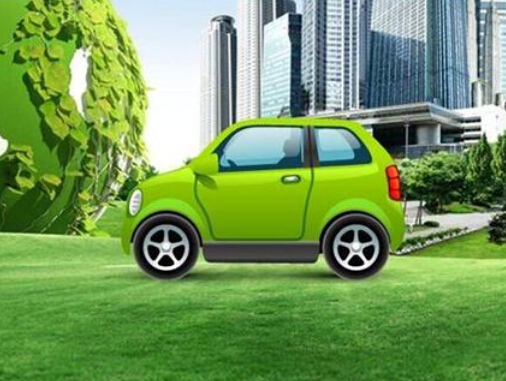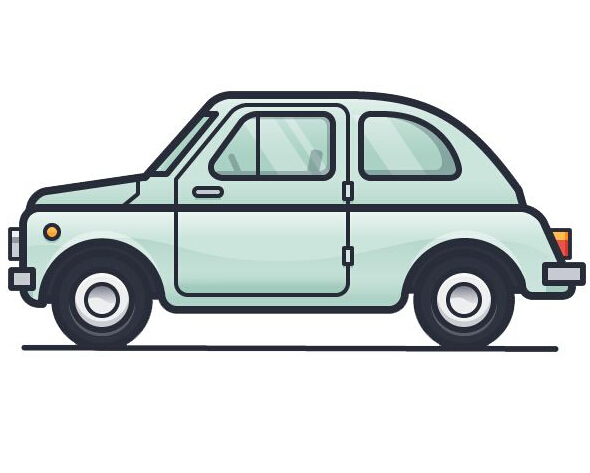Intelligent network
The lighting control module will be used as a node of the vehicle network, no longer an isolated electronic module of the lamp. By interconnecting with the vehicle bus, the headlights have their own "thinking" - only illuminate the illuminated place. The electronic network control of lamps will become a development trend.
Real-time adaptive lighting is a stage of intelligent lighting development and a successful application of vehicle networking. In terms of lighting, ADB below 100 pixels is enough to achieve headlight illumination. Each pixel is accurately controlled by a single LED chip from 0% to 100%, which is required for different traffic conditions, weather conditions, road conditions, and self-vehicle conditions. The distribution of light distribution is adjusted. When other vehicles enter the light distribution area of the vehicle light, the module selectively and dynamically masks the area where the other vehicle is located to prevent glare.
Digital high-resolution light processing technology can provide more than 10,000 or even millions of pixels, can clearly project complex, curved graphics, ensure smooth cut-off line inflection point, and achieve a cut-off line without serration. DLP uses the light to the extreme. When the car is covered by the car, it determines the area to be shielded and the minimum shielding window that meets the requirements, reducing the loss of the illumination range and adapting to the future environment where people/unmanned people coexist.
At the same time of realizing the lighting function, through the integration with the camera, navigation and radar technology, the information is transmitted by means of projection, and the interaction between the vehicle and the person and the communication between the car and other road users are enhanced. Provides safer and more convenient nighttime “light service” for subsequent smart driving, enhancing the safe driving experience in a variety of scenarios

Information interaction
Interaction design is dedicated to designing optimal solutions for specific automotive applications. According to the useful information of each driving stage, making reasonable decisions and operations, embodying information on the friendly interactive interface through images, graphics, sounds and other means will be an inevitable trend of information interaction development. Take DLP as an example, in addition to illuminating the illuminated area (high-precision ADB masking), even signal the driver through the light. For example, the interactive signals are: navigation information road projection, speed limit prompt, pedestrian interaction information prompt, pedestrian position Tracking prompts, projection of driving intention signals, prediction of driving area prompts, etc. As an intelligent driving technology, information interaction will effectively improve the safety of car driving, and make the user's product experience to the extreme by creating interactive solutions for different scenarios.
User interface personalization
The user interface is a means of expressing information interaction and is a technology that makes the product easy to use and pleasing. When designing the user interface, it is necessary to understand the behavior of the users when interacting with the product, and to understand the users and their expectations. The user interface must be easy to use and good user experience. Under the premise of not affecting safety and not violating the regulations, there will be more and more models in the future, and some of the functions of the user interface will be opened, and the personalized configuration rights will be released to the user, and the user can update the personalized configuration through local or OTA. For example, triggering enable, trigger conditions, information content, personalized travel, music, smart parking, radio recommendation, etc. of interactive information.
















 RCCN WeChat QrCode
RCCN WeChat QrCode Mobile WebSite
Mobile WebSite


